Mitznefet, the history of the helmet cover used by Israeli Army soldiers
Soldiers of the Israel Defense Forces have been recognizable for decades by two features of their field uniforms.
The first characteristic is that these uniforms are mostly light olive green. Unlike other modern armies, the Israel Defense Forces does not seem to be very fond of camouflage uniforms, although they have used them and they have been evaluating some. On the one hand, Israel preserves the tradition of the first soldiers of its War of Independence in 1948, who wore khaki and olive green uniforms. Furthermore, this uniformity has a distinctive function in military operations, since the vast majority of Hamas, Islamic Jihad and Hezbollah terrorists wear camouflage uniforms of different types.
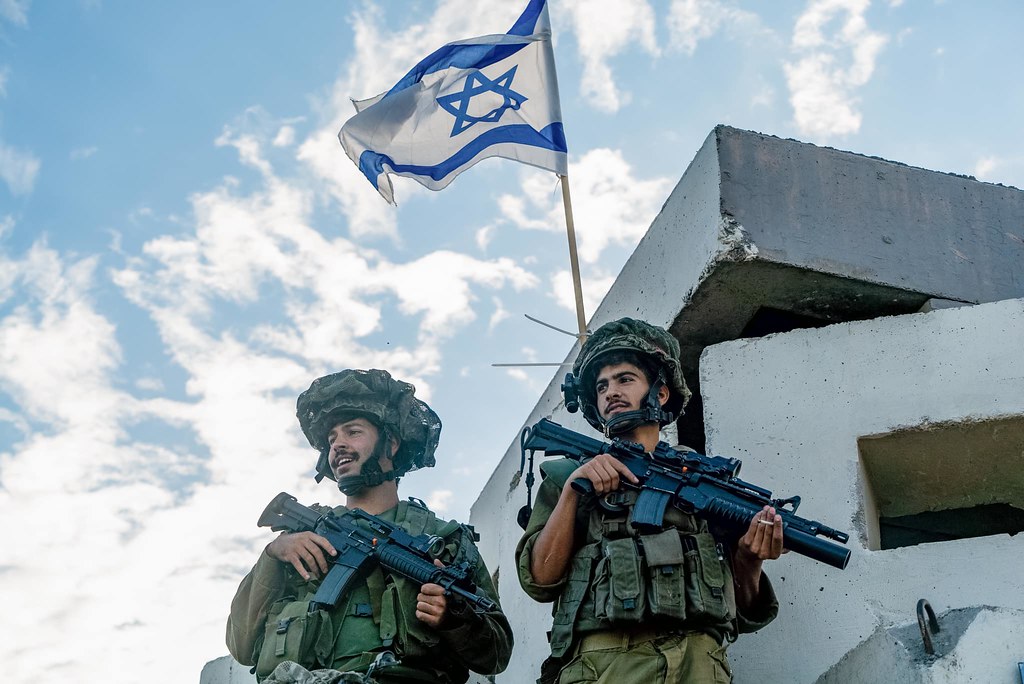
The second characteristic of Israeli uniformity, and specifically of its field uniforms, is the mitznefet, the curious helmet cover worn by many Israeli soldiers. Unlike the helmet covers used by most armies in the world, the mitznefet is irregular and exceeds the contour of the helmet quite a bit. Aesthetically it does not seem like an elegant accessory, but its function has nothing to do with aesthetics.

In its first decades of history, Israeli soldiers used various types of helmets, including the famous American M-1 and the British Mk.II and Mk.III and the French Modèle 1951. These helmets were initially used without a cover and later various nets typical of paratrooper forces were applied to them, which in addition to serving to hold leaves and branches, also made the helmet reflect less sunlight. Often, a strip of black rubber was added to the camouflage net.
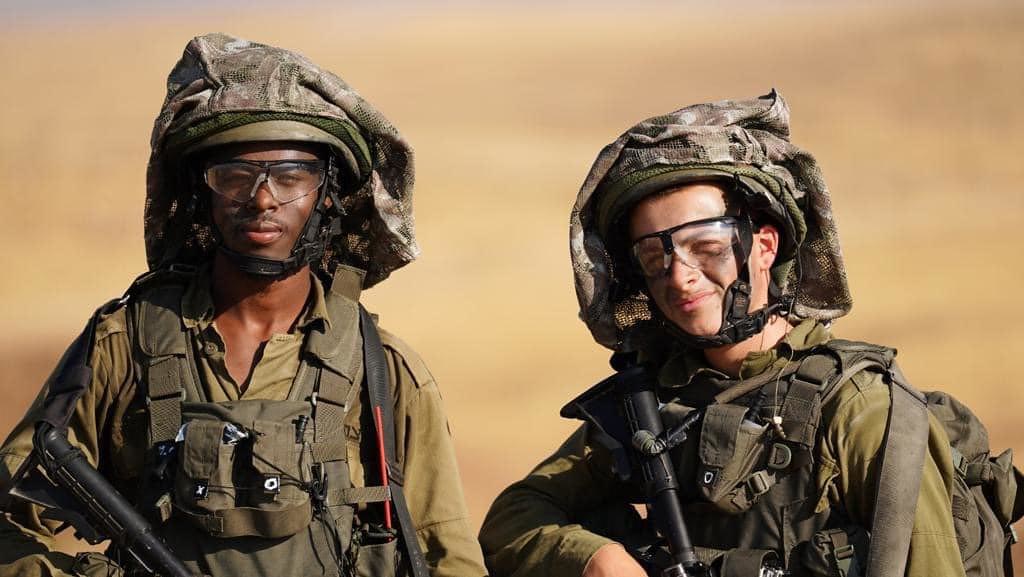
In the 1970s, the Israel Defense Forces began using one of the world's first ballistic helmets, the 1976 Kasda OR-201, made of fiberglass and Kevlar. The OR-404 version was manufactured with a grainy khaki finish, a solution that the Polish Army had already adopted with its Wz.31 helmets in 1933 to avoid reflections. Despite this feature, the roundness of the helmet continued to obscure the silhouette of the Israeli soldiers, a problem that was not solved with traditional helmet nets.
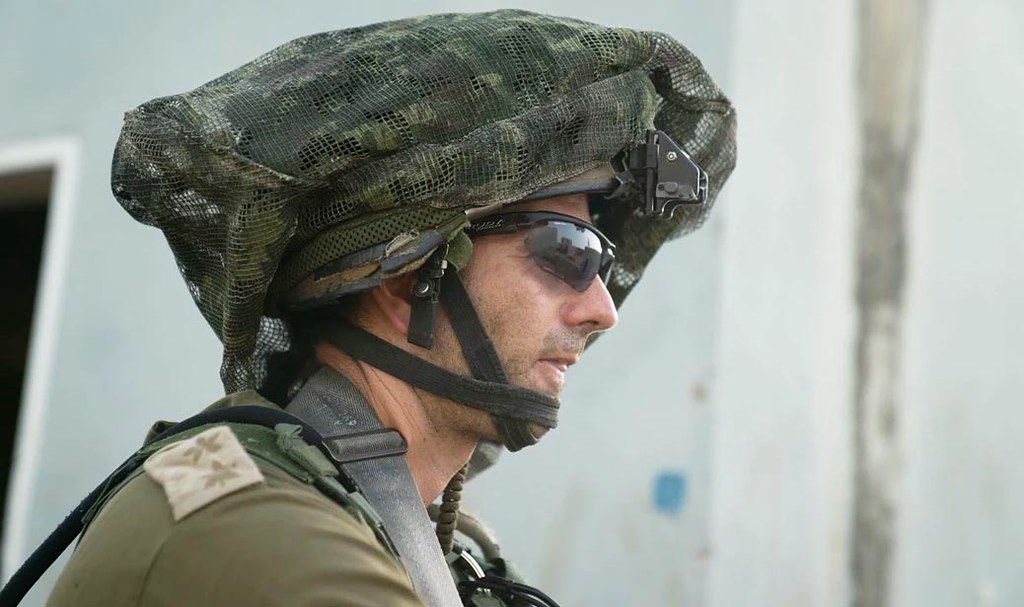
In the 1990s, fighting Hezbollah terrorists in southern Lebanon, the Israeli Army began adopting larger, irregularly shaped helmet covers to distort the silhouette of his soldiers in combat operations. Due to Israeli traditions, this sheath received the nickname "mitznefet", which means miter in Hebrew. That was the name of the miters worn by the Jewish priests of the Temple of Jerusalem in Antiquity.

Initially, the mitznefet of the Israeli Army was made with camouflage nets of various patterns, adapting to the needs and environment of each military unit. Currently, mitznefets are already made from the factory, with the fastenings to anchor them to the helmet. It is common for mitznefets to have two color tones: on one side with more desert tones and on the other with more forest tones, in order to adapt it to the environment. Although the most common version is a camouflage net, there are also plain mitznefets with different mimetic patterns.
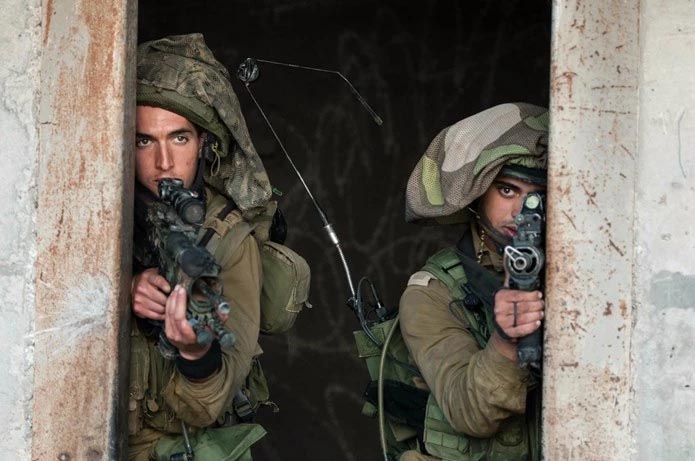
In addition to its function of distorting the silhouette of the soldier, the mitznefet has another function: combating the heat, a considerable problem in the Middle East. Due to its mesh shape and the spaces it leaves between the cover and the helmet, the mitznefet allows better ventilation of the helmet and prevents it from overheating with exposure to the sun.
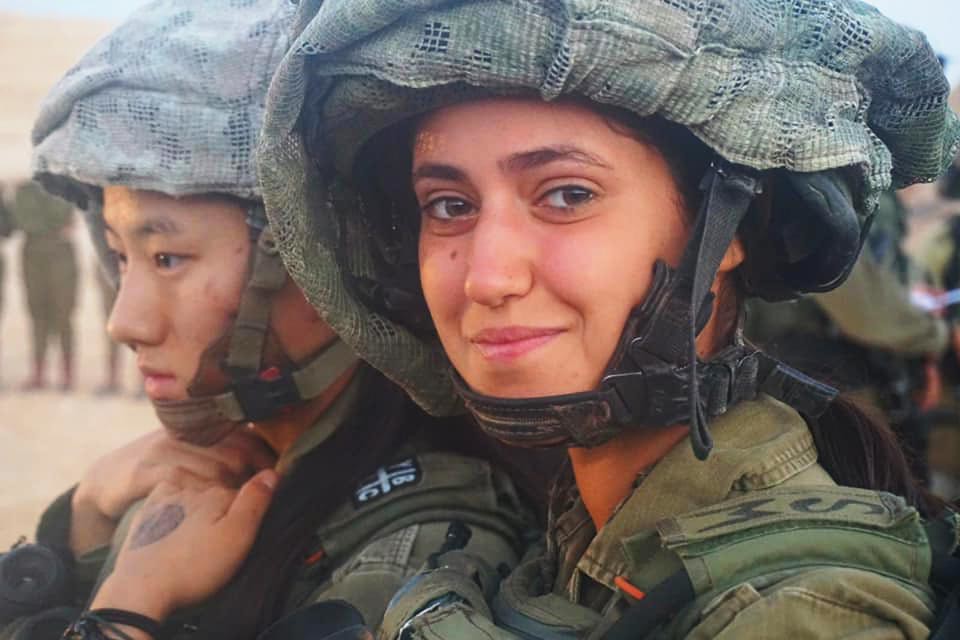
There is some debate about the effectiveness of mitznefet. Its ability to distort the silhouette of the soldier is unquestionable, but in urban areas it is not very useful and can cause problems, due to the net's propensity to catch on some objects. However, there is one fact that indicates that it is a very effective accessory, and that is that some Hamas terrorists have also ended up adopting this cover, probably after seeing its advantages.
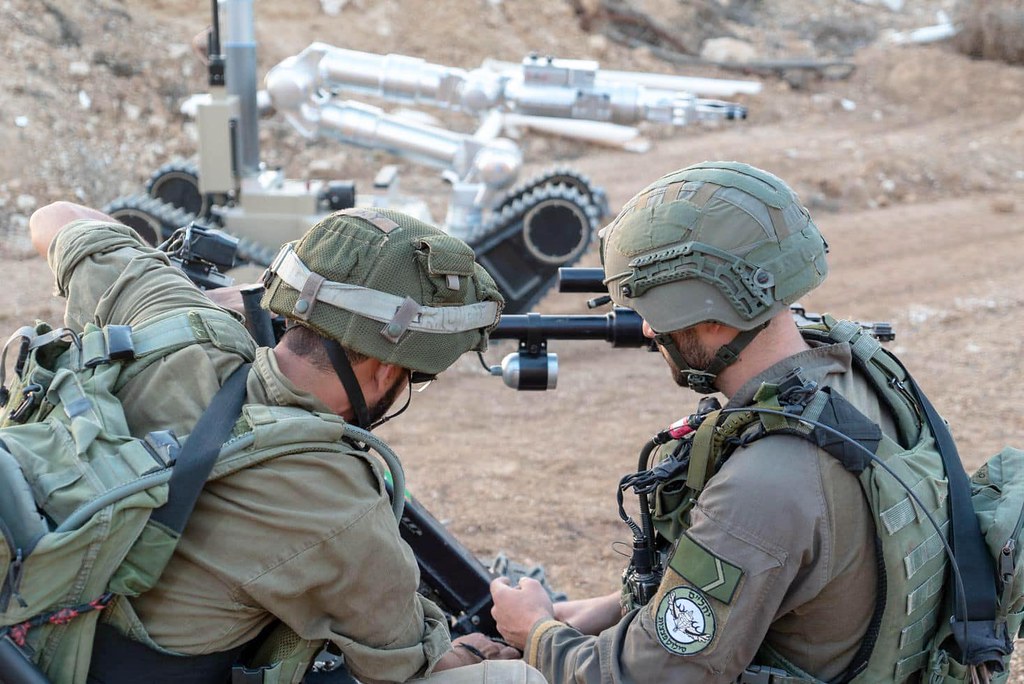
Currently, the mitznefet has become widespread among the infantry troops of the Israeli Army, being one of its most characteristic garments. However, its use is not extended to all units of the Israel Defense Forces. Special operations units do not usually use it, due to the specific needs of their missions, and choose to use conventional helmets expressly designed for this type of operations.
---
Photos: Israel Defense Forces.
|
Don't miss the news and content that interest you. Receive the free daily newsletter in your email: |
- Most read
- The 'hole' without civil flights around Paris during the opening of the Olympic Games
- Stunning footage of the F-15QA Ababil in flight recorded from its cockpit
- The firearms used by the Pontifical Swiss Guard, the smallest army in the world
- The most distant deployment of the Spanish Air Force in Australia and New Zealand
- Eurofighter vs F-35: the opinions of professional pilots on these advanced fighters
- The first photo of an F-16 fighter with Ukrainian insignia and the details it has revealed
- This is the driver station of an M1 Abrams tank and the impressive start of its engine

 ES
ES







Opina sobre esta entrada: